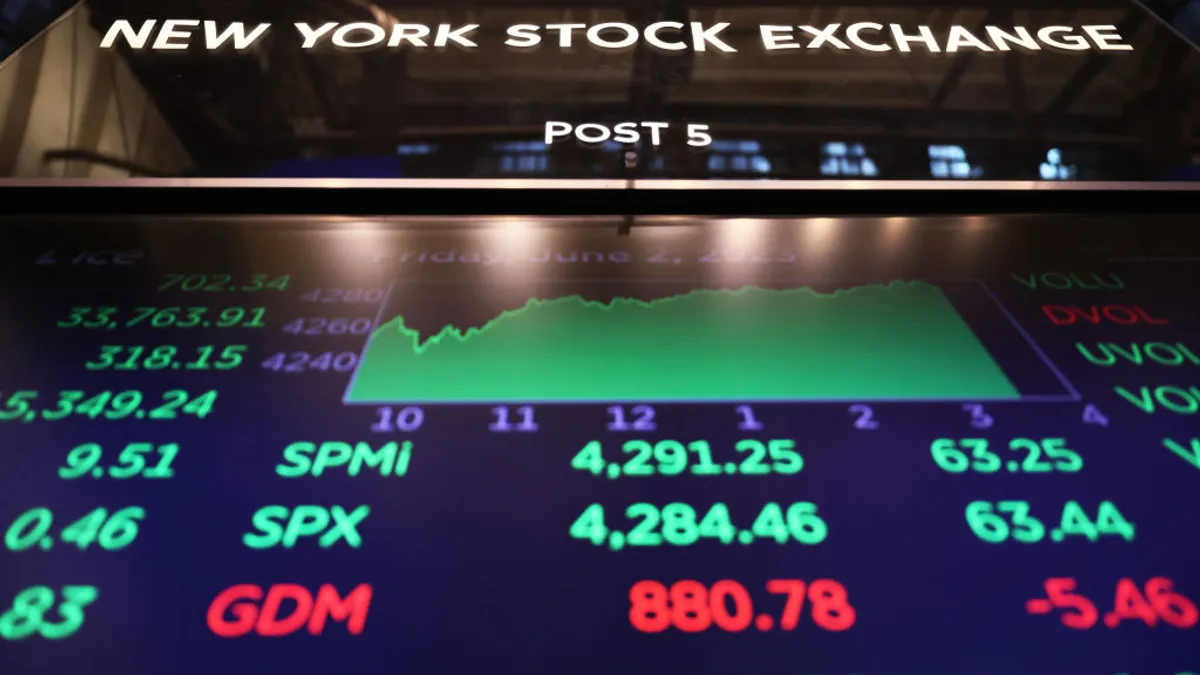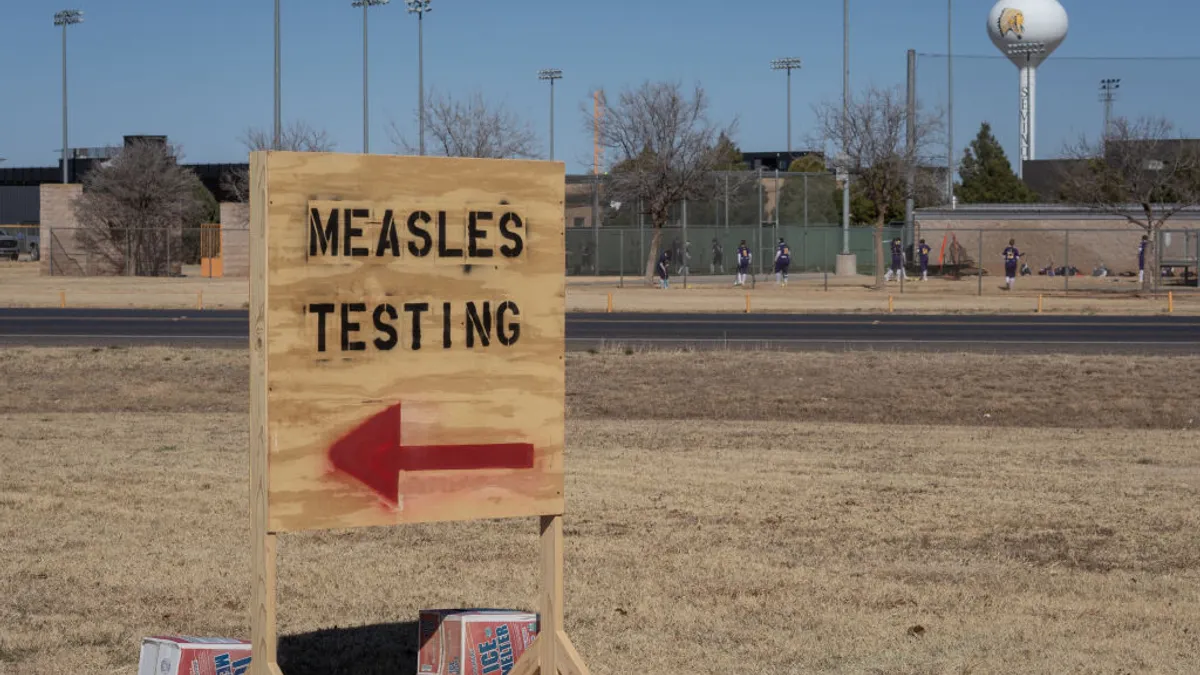A universal coronavirus vaccine that’s effective against most or all strains of the virus would add up to both a healthcare win and a financial windfall, according to a team of researchers who sought to determine the value of developing and stockpiling the elusive shot.
The scientists found that a universal vaccine would end up being cost-effective even if the price to get each person vaccinated was as high as $10,390.
“For perspective, the price of COVID-19 vaccines during the pandemic has been $20” per dose, the authors wrote in the Lancet’s eClinicalMedicine.
The researchers developed a computational model that simulated the spread of a novel coronavirus among the entire U.S. population and the resulting health and financial outcomes had a universal vaccine been available.
In the simulation, inoculating a quarter of the U.S. population within two months of the start of the pandemic with a vaccine that has 10% efficacy would prevent an average of 14.6 million infections and save more than $27 billion in direct medical costs. The results also showed life and money savings even when only 10% of the U.S. population received the vaccine, and when there were no additional interventions like masking or social distancing.
“People have been looking at universal flu vaccines for probably 50 years or more and haven’t been able to come up with one. I don’t know that it’s impossible, but it’s definitely a tall order."

Bill Enright
CEO, Barinthus Biotherapeutics
According to researchers, a universal vaccine can also provide an important stopgap while scientists develop a strain-specific vaccine during a pandemic.
A ‘tall order’
Despite the benefits of a universal, variant-proof vaccine for a new coronavirus, creating one has so far been elusive. It’s a familiar problem for scientists, who have been chasing a universal influenza vaccine for years.
“People have been looking at universal flu vaccines for probably 50 years or more and haven’t been able to come up with one,” said Bill Enright, CEO of Barinthus Biotherapeutics, formerly known as Vaccitech, the University of Oxford spinout company that co-invented the AstraZeneca COVID-19 vaccine. When Vaccitech launched in 2016, it was working on a universal flu vaccine.
“Early on we were an influenza vaccine company, focused on universal approaches to the flu vaccine, and that proved to be difficult,” Enright said.
In fact, the company’s universal flu vaccine failed in clinical trials.
“There are different approaches now, and so I don’t know that it’s impossible, but it’s definitely a tall order,” Enright said.
Scientists are still trying, though. An NIH-funded research team at the University of Pennsylvania published results from an animal trial of mRNA technology for a universal flu vaccine in 2022. And enrollment in a phase 1 trial of an investigational flu vaccine candidate known as FluMos-v2 started in September at the NIH’s Clinical Center.
In addition, the American Lung Association Research Institute awarded a three-year $500,000 grant in October to the Texas Biomedical Research Institute in San Antonio to develop a universal flu vaccine.
COVID work continues
Researchers are also working to make a universal COVID vaccine a reality.
The biotech GeoVax Labs presented positive data for its universal coronavirus vaccine, GEO-CM02, at the Vaccines Summit 2023 in November.
Elsewhere, a UCLA-led team is working on a universal oral COVID-19 vaccine that showed positive results in hamsters. The U.S. Army is developing another, dubbed SpFN.
Additional efforts are forthcoming. The National Institute of Allergy and Infectious Diseases awarded the Icahn School of Medicine at Mount Sinai a five-year, $13 million grant to create one.
In 2022, Pfizer and BioNTech set out to develop a candidate dubbed BNT162b4 that “is composed of a T cell antigen mRNA encoding for SARS-CoV-2 non-spike proteins that are highly conserved across a broad range of SARS-CoV-2 variants,” which is currently in phase 1 studies.
In the meantime, companies continue to focus on other COVID vaccine research, such as developing pan-respiratory seasonal vaccines that combine COVID and influenza jabs.
There could also be a future for combining even more vaccines, and at least one company, Moderna, is already looking in that direction.
“A triple combination targeting COVID-19, influenza and RSV would have clear logistical advantages to healthcare systems compared to delivering three separate annual boosters,” Natasha Boliter, senior analyst at Citeline, said via email earlier this year.

















